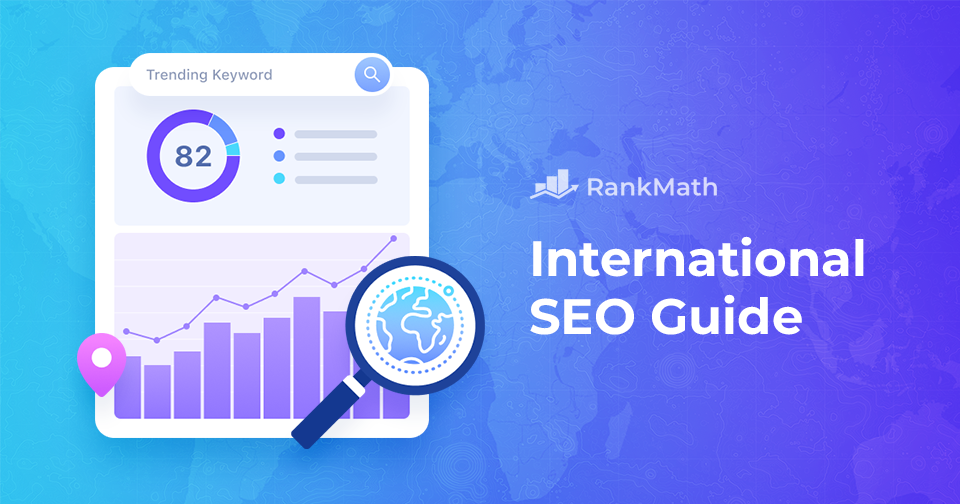Reaching a global audience is no longer just a business option—it’s a necessity.
As the internet breaks down geographical barriers, businesses of all sizes can expand their reach and tap into new markets worldwide.
However, to succeed on the global stage, it’s essential to understand and implement effective international SEO strategies.
In this post, we’ll discuss the fundamentals of international SEO and how to create an international SEO strategy for your website.

Table Of Contents
- What is International SEO?
- Benefits of International SEO
- How to Create an Effective International SEO Strategy
- Conduct Thorough Market Research for Different Regions
- Choose the Right URL Structure
- Perform Keyword Research
- Install a Content Delivery Network (CDN)
- Use One Language Per Page
- Understand Local Search Engines and Search Behavior
- Ensure Internal Links Direct to Content in the Same Language
- Build Relevant Links
- Frequently Asked Questions
- Conclusion
1 What is International SEO?
International SEO is the process of optimizing your website to attract organic traffic from audiences across different countries and languages.
Unlike traditional SEO, which usually targets a single language and market, international SEO goes a step further by addressing linguistic, cultural, and geographic differences. It includes practices such as using hreflang tags, creating localized content, and setting up the correct domain structures (like subdirectories or country-specific domains) to ensure your site appears correctly in different versions of search engines worldwide.
A successful international SEO strategy not only helps your website appear in foreign-language search results but also improves user experience by delivering relevant content that aligns with the cultural context and preferences of each target audience.
Key Differences Between Local and International SEO
| Aspect | Local SEO | International SEO |
|---|---|---|
| Scope | Targets a specific geographic area, such as a city or region. | Targets audiences across different countries or regions. |
| Language and Cultural Considerations | Focuses more on geographical landmarks and local search intent. | Requires consideration of language nuances, cultural differences, and regional preferences in content, keywords, and user experience. |
| Technical Challenges | May involve less technical complexity, focusing on local business listings and NAP consistency. | Involves technical complexities such as implementing hreflang tags, managing multiple versions of a website, and ensuring proper geotargeting settings. |
| Competitive Landscape | Competition is typically limited to businesses within the same geographic area. | Often involves competing with both local and global competitors, requiring a deeper understanding of market dynamics and competitor strategies across different regions. |
| Market Research | Relies more on understanding local market trends and customer preferences within a specific area. | Requires extensive market research to identify target countries, languages, and search behavior. |
2 Benefits of International SEO
Expanding your SEO efforts beyond borders and targeting international markets can offer many benefits for your business. Here are some key advantages of international SEO.
Increased Global Visibility
By optimizing your website for international search engines, you can increase your visibility to a global audience.
This means more people from different countries and regions can discover your products or services, leading to a broader reach and potential for growth.
For instance, Airbnb expanded its international SEO efforts to target travelers worldwide, resulting in a significant increase in global visibility and bookings.
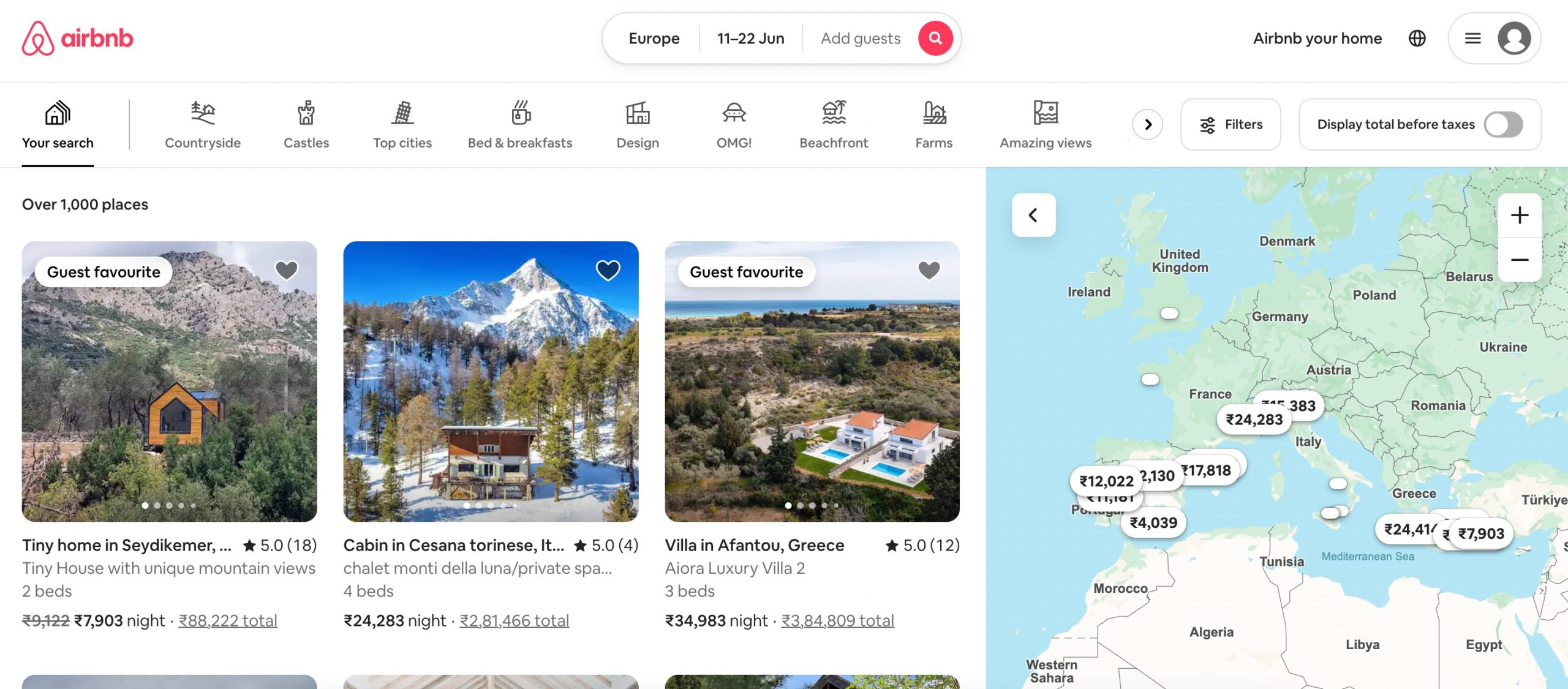
Diversified Traffic Sources
International SEO allows you to diversify your traffic sources beyond your home country. Instead of relying solely on local traffic, you can attract visitors from various countries, reducing dependency on a single market.
This diversification can provide stability and resilience against fluctuations in local markets or changes in search engine algorithms.
Access to New Markets
International SEO opens opportunities to enter new markets and tap into untapped customer bases. By understanding different regions’ search behavior and preferences, you can create your content and marketing strategies to target these markets effectively.
Higher Conversion Rates
Localized content and user experiences can lead to higher conversion rates in international markets.
When audiences find content in their native language, with culturally relevant messaging and payment options, they are more likely to engage with your website and complete desired actions, such as making a purchase or filling out a form.
Competitive Advantage
Investing in international SEO can give you a competitive edge in global markets.
By outranking competitors in search results and providing a better user experience for international audiences, you can attract more customers and establish your brand as a leader in your industry.
Amazon’s strong international SEO presence has helped it dominate e-commerce markets worldwide, outperforming local competitors in many regions.
3 How to Create an Effective International SEO Strategy
Let us now discuss various strategies for international SEO.
3.1 Conduct Thorough Market Research for Different Regions
Conducting a thorough market analysis is the foundation of any successful international SEO strategy. This involves identifying the target countries and languages where your business aims to expand its online presence.
Start by evaluating where there’s demand for your product or service. Use analytics tools like Google Analytics, Google Search Console, or Ahrefs to identify:
- Countries already generating traffic to your site
- High-converting regions
- Pages performing well internationally
These insights help you decide which markets to prioritize. In Google Analytics, you can track which countries or regions their traffic is coming from. Navigate to Reports → User → User Attributes → Demographic Details, as shown below.
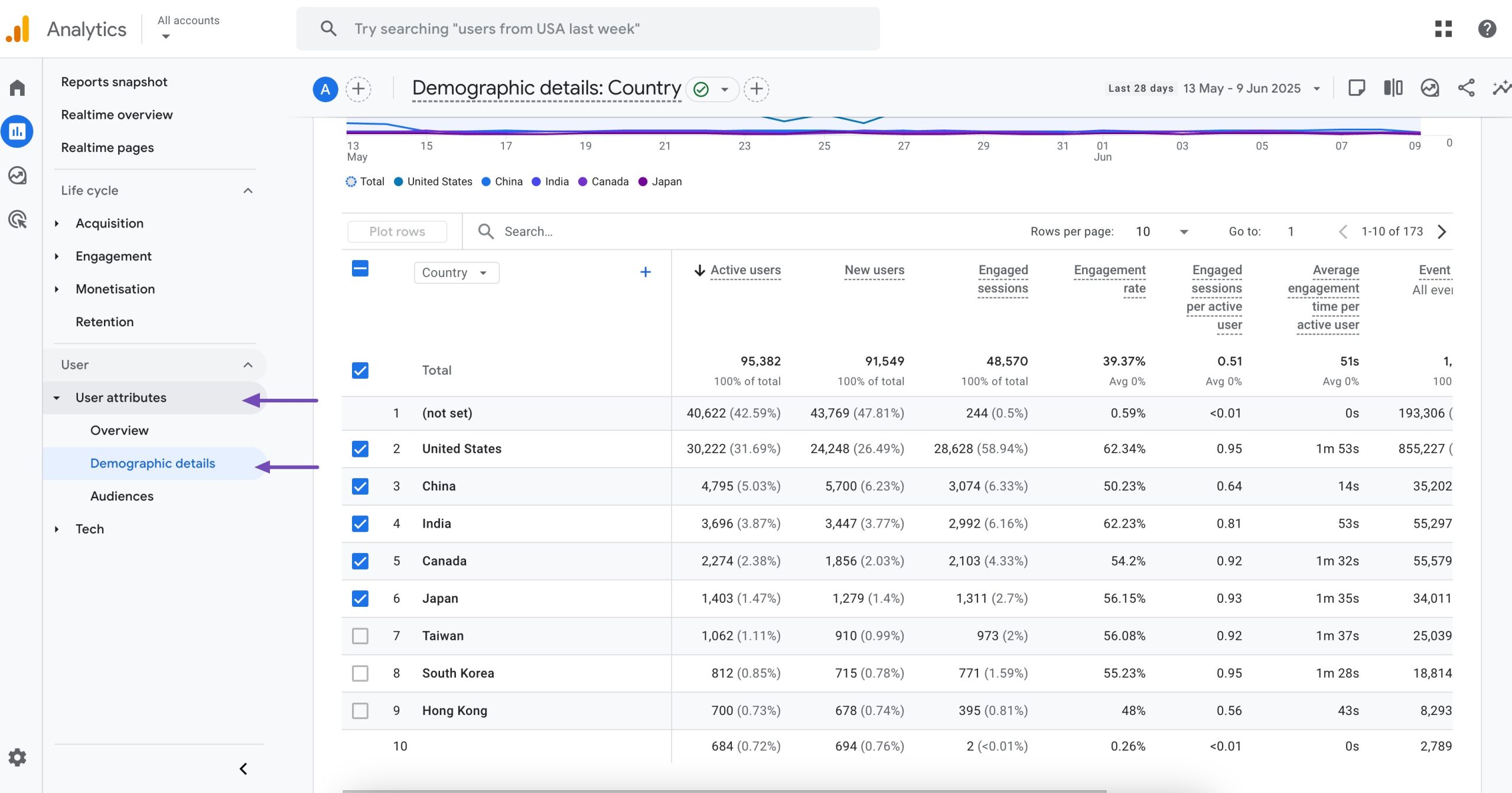
Once you’ve identified potential regions, dive deeper into their market potential.
Additionally, assessing the competitive landscape in each target market provides valuable insights into competitors’ strengths, weaknesses, and market positioning.
Refer to our dedicated tutorial on competitive analysis to help you devise a strategy for staying ahead of your competitors in the rankings.
Look for opportunities where your products or services are in demand, but competition is low.
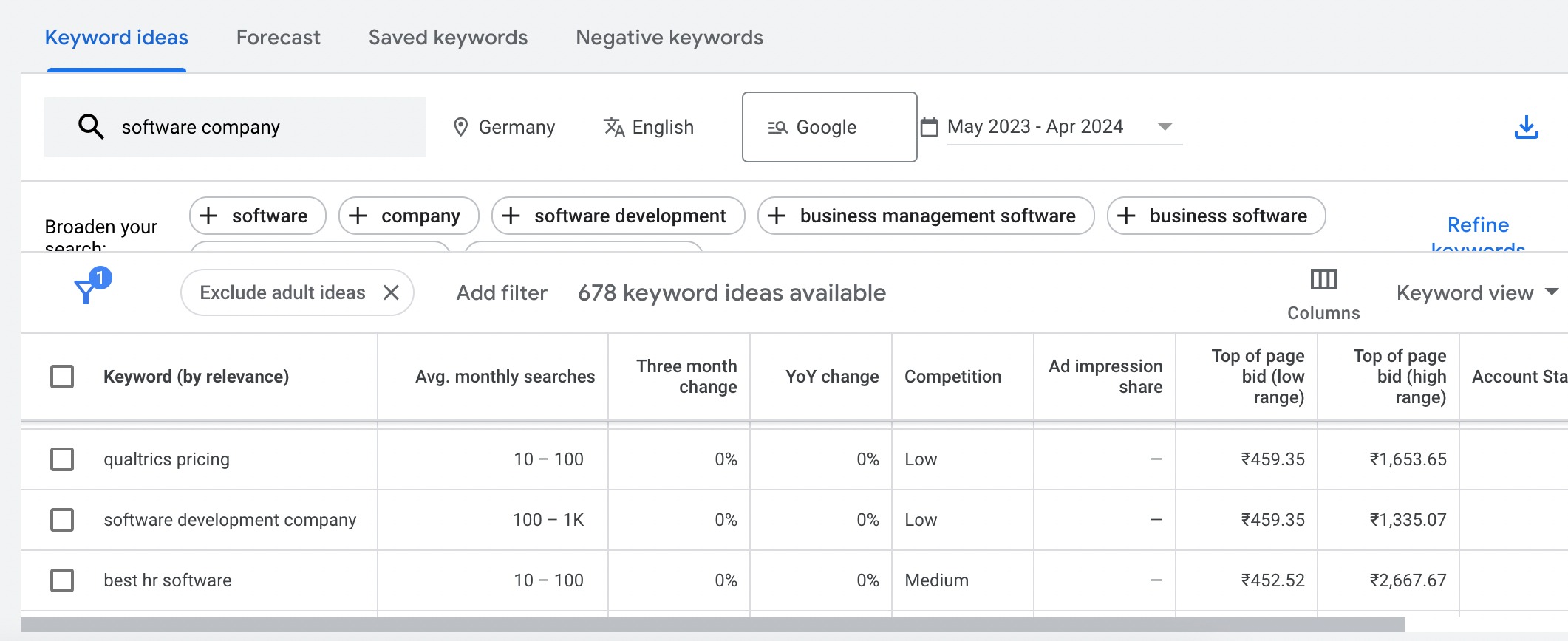
3.2 Choose the Right URL Structure
Choosing the right international SEO URL structure is essential for ensuring your website is easily accessible and indexable by search engines in different countries or regions.
Google states that a consistent URL structure simplifies the indexing process for search engine crawlers. This helps them understand and categorize the website’s content more efficiently.
Country Code Top-Level Domains (ccTLDs)
Using ccTLDs involves creating a separate domain for each country or region you’re targeting. For example:
- www.example.de for Germany
- www.example.fr for France
- www.example.co.uk for the United Kingdom
This approach is beneficial for branding and provides clear signals to search engines about the target country or region.
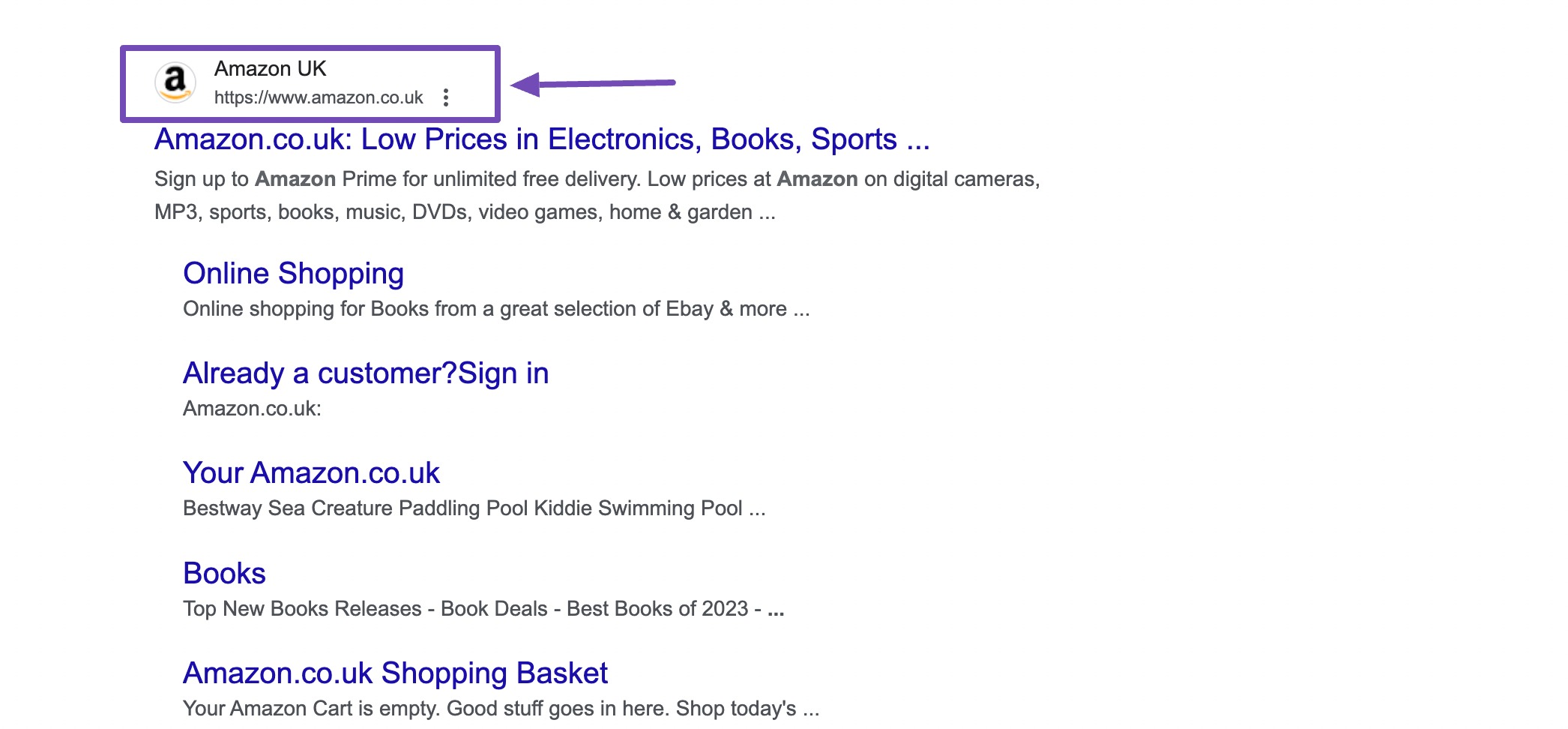
However, it requires more resources and maintenance as each domain needs separate hosting and SEO efforts.
Subdomains
Subdomains are another option for international SEO, where each country or region has its subdomain. For example:
- de.example.com for Germany
- fr.example.com for France
- uk.example.com for the United Kingdom
Subdomains offer some separation of content while still benefiting from the main domain’s authority.

However, search engines may not always treat them as separate entities, and managing multiple subdomains can be complex.
Subdirectories (or Subfolders)
Subfolders involve adding country or language identifiers as subfolders within the main domain. For example:
- www.example.com/de/ for Germany
- www.example.com/fr/ for France
- www.example.com/uk/ for the United Kingdom
Subdirectories are relatively easy to manage and can consolidate authority since all content resides on the main domain. However, they may not provide as clear signals to search engines about target countries as ccTLDs.

Choosing the Right Structure
When deciding which method to use, consider your resources:
- If cost and simplicity are priorities, subdirectories are a smart choice.
- If you can afford more complex infrastructure and want clearer regional targeting, top-level domains or subdomains may be better suited.
Regardless of the method you choose, every translated page should have a unique URL to ensure it’s properly indexed.
Automating Translation and URL Management
If you’re using WordPress, tools like TranslatePress Premium or WPML can automatically handle multilingual URL structures for you.
In WPML, navigate to your post list, and you’ll see a plus icon under each language column. Clicking the plus sign opens the WPML editor, where you can manually add translations.
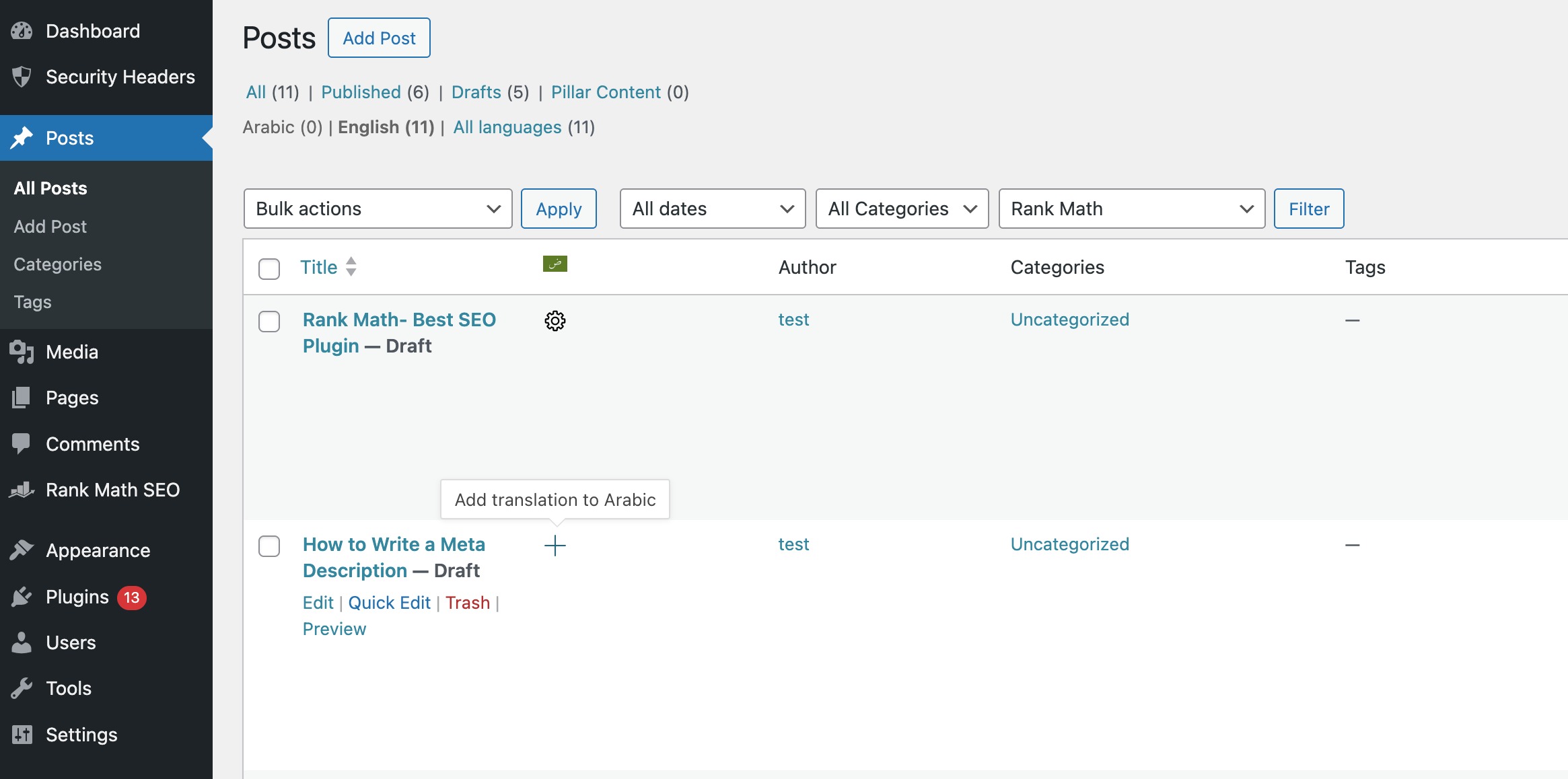
Once the translation is complete, your page will appear with a localized URL, such as/fr for French, depending on the structure you chose during setup.
This setup not only simplifies multilingual SEO but also ensures that each version of your content is discoverable by both users and search engines in their native languages.
Refer to our dedicated tutorial on creating SEO-friendly URLs to learn more about creating the right URL structure.
3.3 Perform Keyword Research
Start by navigating to Google Analytics 4 (GA4) to identify which countries are already sending traffic to your website. This insight helps you understand where your international audience is coming from and highlights potential markets for expansion.
For instance, you might discover that a significant share of your organic traffic is coming from countries like Germany, Spain, or India, even though your website content is only available in English. This signals an opportunity to expand by creating localized content aligned to those regions.
To go deeper, analyze which pages these international users are visiting. In GA4, navigate to Engagement → Pages and screens, and add a secondary dimension such as country or language. Then, apply a filter—like session medium contains ‘organic’—to focus specifically on organic traffic.
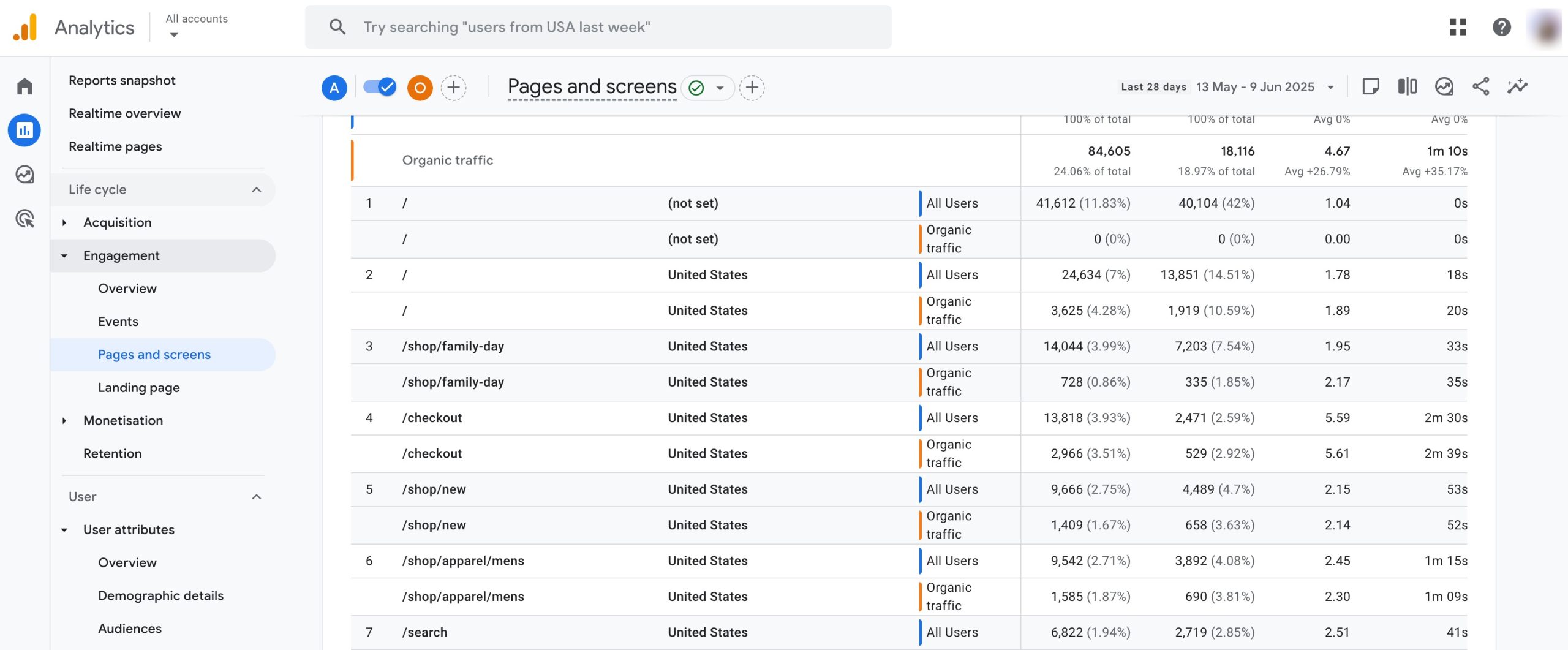
If you find that a particular page is attracting a lot of organic traffic from Germany, for instance, that page is a great candidate for local keyword optimization in German.
Now it’s time to dig deeper using Google Search Console. If you’ve already linked your Search Console property to GA4, you can directly view search queries, landing pages, and click-through rates segmented by country.
Alternatively, visit the Search Console dashboard and go to the Performance report. Here, you can change the country filter and analyze which keywords are generating impressions and clicks in a specific region.
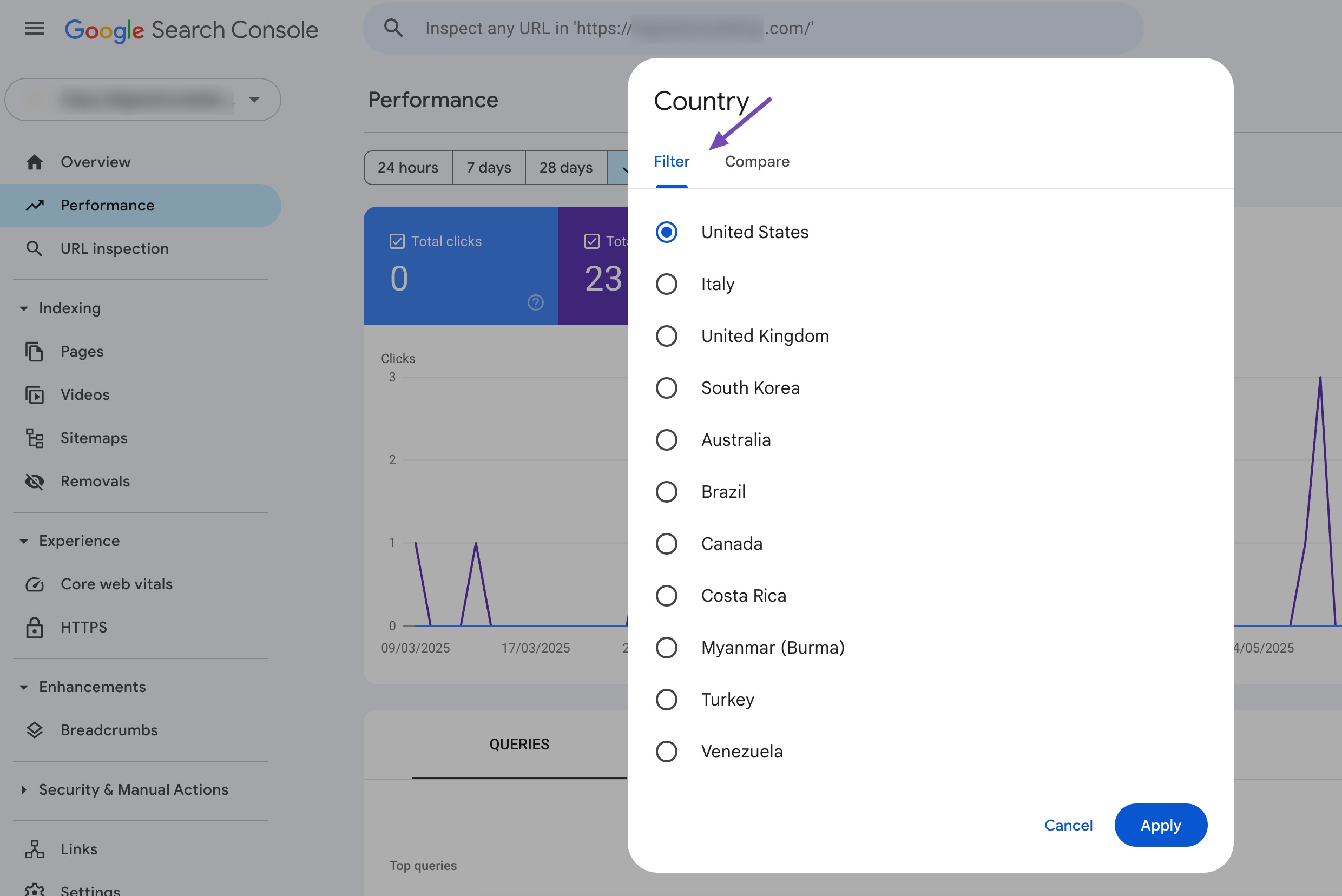
For instance, if you’re targeting Germany and you notice that terms like “wanderschuhe damen test” are driving traffic, that gives you a valuable, real-world keyword to target in localized content.
To validate keyword volume and find more variations, open Google Keyword Planner via your Google Ads account. Set the targeting to your specific country and language—say, Germany and German—and enter your seed keyword (e.g., “wanderschuhe”).
The tool will display a list of related keywords, along with their search volume, competition level, and trend data. This helps you identify not just high-traffic terms, but also low-competition keywords that you can target.
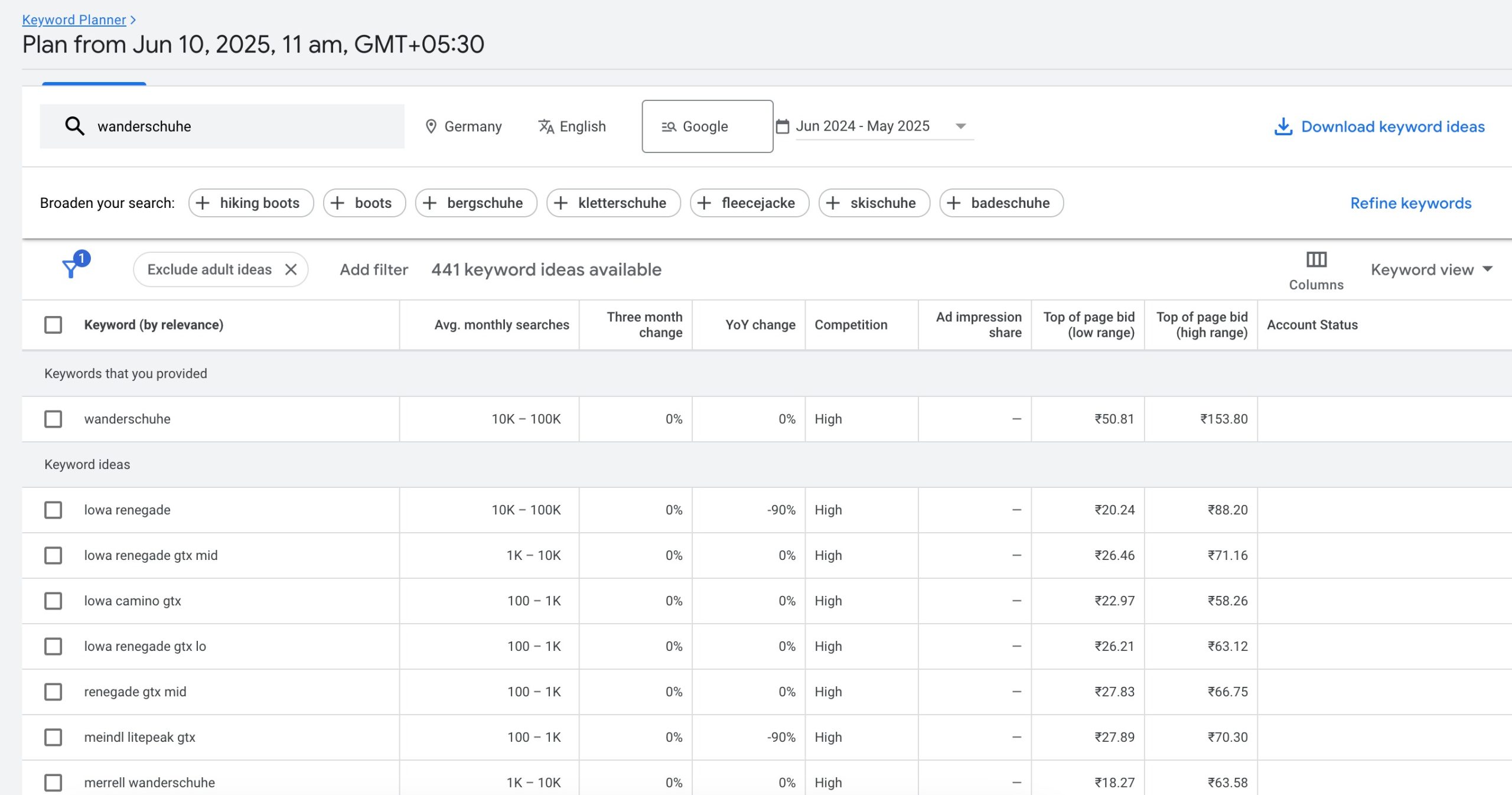
By combining these tools, you can build a strong keyword strategy aligned to each target region.
For instance, you might discover that in the U.S., users search for “hiking boots for women,” while in Germany, they use “wanderschuhe damen test.” You can then create separate pages optimized for each term, using localized content, hreflang tags, and country-specific URL structures (like /de/ or subdomains) to improve your international search visibility.
Refer to our dedicated tutorial on keyword research to learn the techniques and strategies necessary to boost your online presence.
3.4 Install a Content Delivery Network (CDN)
A CDN is a network of servers distributed across various geographic locations worldwide. It caches and delivers website content to users from the server nearest to their location, reducing latency and improving loading speeds.
For international SEO, CDNs help ensure fast and reliable access to your website for users in different countries, which can positively impact search engine rankings.

Select a reputable CDN provider that offers global coverage and robust features. Popular CDN providers include Cloudflare and StackPath. We also recommend using RocketCDN, which is a premium CDN that integrates directly with WP Rocket.
Sign up for an account with your chosen CDN provider and follow their instructions to configure it. Configure caching settings, compression, and other optimization features to maximize the performance benefits of the CDN.
Utilize the CDN’s geo-targeting features to ensure that content is served from servers closest to your target audience in different countries.
Ensure that static assets such as images, CSS, and JavaScript files are cached effectively.
3.5 Use One Language Per Page
Mixing multiple languages on the same page can result in duplicate content issues, negatively impacting SEO. Search engines may struggle to determine the page’s primary language, resulting in confusion and potentially lower rankings.
By separating content by language, you avoid duplicate content issues and ensure that each page is properly indexed and ranked.
Audiences are more likely to stay on your website, explore other pages, and take desired actions when they can easily understand the content.
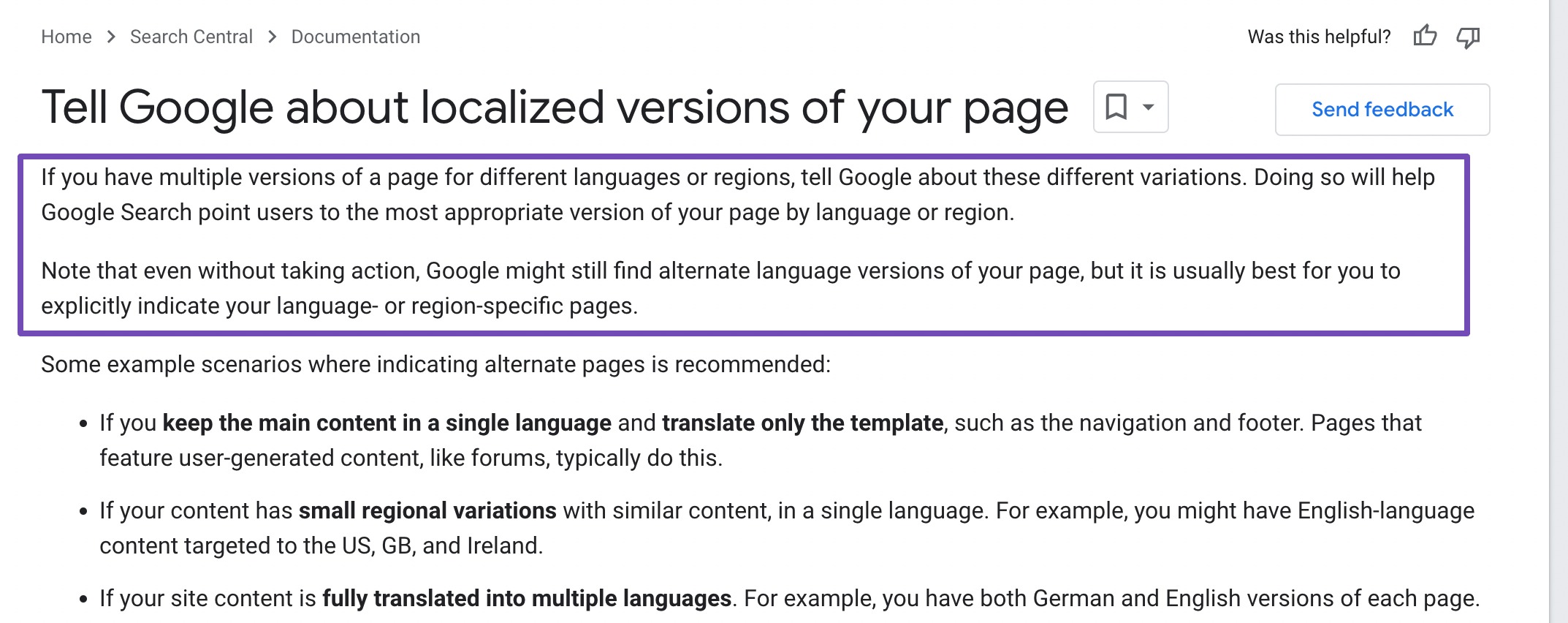
You can use language tags to guide Google. For instance, the hreflang tag informs Google that an alternative page is available in German, helping it rank the correct page.
<link rel="alternate" href="http://bratwurst.com/de" hreflang="de-de"/>Refer to our dedicated tutorial on hreflang tags to learn about hreflang tags.
3.6 Understand Local Search Engines and Search Behavior
When planning your international SEO strategy, it’s important to recognize that not all countries rely on Google as their primary search engine.
While Google dominates in many regions, other search engines play key roles in specific markets—and understanding these preferences is essential for effective optimization.
For instance:
- Baidu is the leading search engine in China.
- Yandex is widely used in Russia.
- Naver holds a significant market share in South Korea.
Refer to our dedicated tutorial on search engines to understand different search engines in detail.
If you’re targeting users in China, optimizing your website specifically for Baidu is a must. This requires a different approach compared to Google, such as using Chinese-language keywords, hosting your website within China for faster loading, and complying with Baidu’s unique ranking factors. These might include on-page elements, meta tags, and even government content regulations.
In addition to search engine preferences, user behavior varies significantly across countries due to cultural norms, language usage, and local online trends. Recognizing and adapting to these differences is essential for creating content that resonates with your audience and aligns with their search behavior.
Take Japan as an example. Japanese users often use long-tail keywords and expect detailed, highly informative results. So, if you’re targeting the Japanese market, your content strategy should focus on addressing specific, niche queries with comprehensive and well-structured information to boost both visibility and user engagement.
3.7 Ensure Internal Links Direct to Content in the Same Language
Consistent language in internal links ensures a seamless browsing experience for the audience.
When the audience navigates through your website and encounters links, they expect the linked content to be in the same language as the page they’re currently on.
Inconsistencies can confuse the audience and lead to a negative experience.
For instance, if a user is browsing a Spanish-language page about travel destinations in Mexico and clicks on an internal link, they expect to be taken to another page in Spanish with related content, such as travel tips for Mexico or Mexican cultural experiences. If the linked page is in English or another language, it may disrupt their browsing experience and decrease engagement.
Refer to our dedicated tutorial on internal links to build internal links efficiently.
3.8 Build Relevant Links
Gaining backlinks from reputable websites in your target market is important for improving your website’s ranking and driving traffic to your regional pages.
Your content needs to resonate with local audiences to attract backlinks from locally relevant sites. Generic content won’t suffice if it doesn’t address your target market’s specific needs and interests.
For instance, if you have an infographic on hiring statistics in the U.S., translating it to Spanish won’t provide value to your audience in Spain. Instead, including local hiring stats and region-specific visuals ensures the content is relevant and valuable to your target audience, increasing the likelihood of earning backlinks from local websites.
Identify reputable websites, blogs, and influencers in your target market and reach out to them with your content. Personalized outreach can increase the chances of your content being featured and linked.
4 Frequently Asked Questions
How is international SEO different from local SEO?
Local SEO focuses on ranking within a specific local area (city, region), while international SEO targets multiple countries and languages globally.
Should I translate or localize my content for international SEO?
Localization is usually more effective than simple translation. Localization adapts content to cultural nuances, search behavior, local terminology, and preferences, which improves relevance and conversions.
How do I handle duplicate content issues with international versions?
Using hreflang tags correctly tells search engines that similar content in different languages or regions is intentional, preventing duplicate content penalties.
How often should I review my international SEO strategy?
Review your international SEO setup regularly, especially after site changes, entering new markets, or when search trends and user behavior change in target regions.
5 Conclusion
International SEO is essential for businesses if you’re expanding your online presence and reaching audiences in different countries or regions.
Optimizing your websites for multiple languages, understanding local search engines and user behavior, and building relevant backlinks can improve visibility, engagement, and conversions in global markets.
Consistency in language, content localization, and adherence to best practices are key to success in international SEO.
With careful planning, research, and implementation, businesses can effectively navigate the complexities of international SEO and unlock new opportunities for growth and expansion on a global scale.
If you like this post, let us know by Tweeting @rankmathseo.
